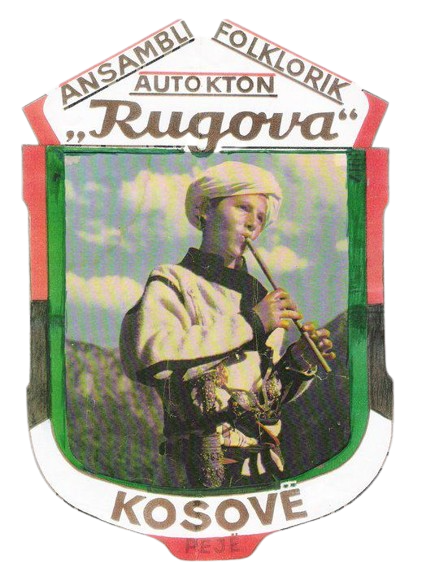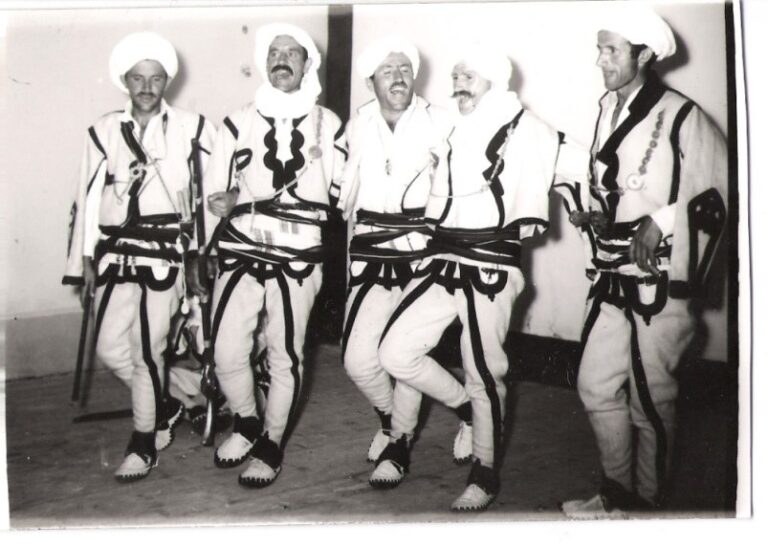THE DANCES
Mountaineers express the joys and sorrows of life with dance. Folk dances consist of epic war and bravery dances, lyrical erotic dances, wedding dances, pantone dances, pan dances, as well as the plastic-choreographic elements of the ritual of gyama, where the last two shed light on the antiquity of folklore in these regions. The main types of folk dance are: Log dance, Singing dances, Sword dance. The repertoire of dances also includes dances with pantomimes such as "Game of hoods", "Old man at the wedding". These dances are characterized by humor, fun, games and fun.







